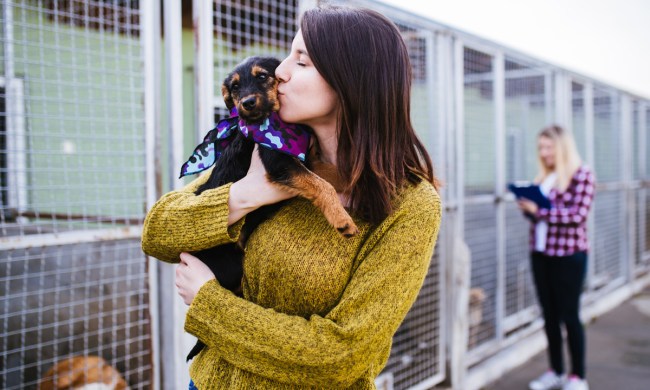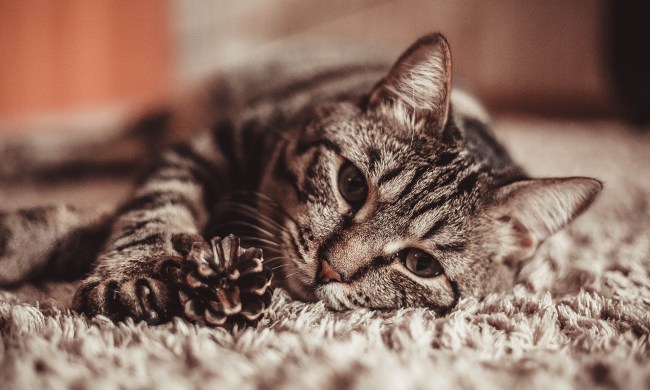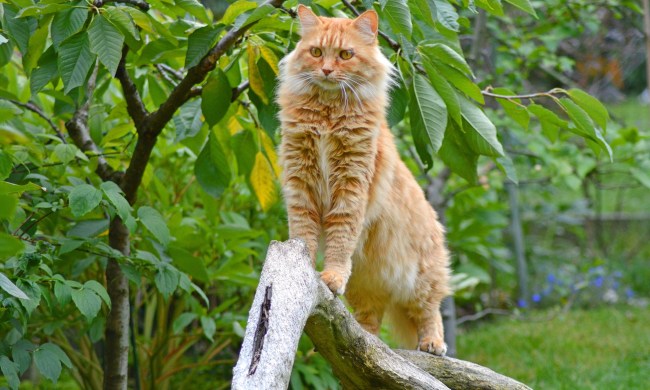With the improved quality of smartphone cameras and the greater affordability of DSLR cameras, it’s easy to always have a camera on hand to capture the perfect shot of your pet. But getting that great photo isn’t always a snap. While you don’t need to be a professional photographer to get a great shot of your pet, having a basic understanding of some photography principles can make you more successful and enhance the quality of your shots. With a little practice and some patience, you can get those frame-worthy photos of your dog, cat, pocket pal, and more.
Set your pet up for success
Carefully timing your photo shoot can increase its chances of succeeding. When you’re starting out, try to photograph your pet when he’s relaxed and quiet, like after you’ve just gotten your dog home from a long walk or after your cat has eaten and is bathing in the sun. Trying to photograph an active, excited pet will add extra challenge to the photo shoot. While these times also can make for some great photos, your pet is likely to be more patient and relaxed during a quiet time in the home. This type of setting is ideal for practicing, and it may mean that you can take your time setting up each shot.
Enlist a helper
While you can always get some candids of your pet on your own, having a helper handy lets you get more posed and deliberate photos. Your helper should be someone your pet is familiar and comfortable with, like another family member or a close friend. Arm your helper with some tools to capture your pet’s attention. These tools can be some of your pet’s favorite treats, a toy that your pet loves to play with, some catnip, and anything else that your pet finds fascinating. If you’re working with a long-haired pet, you might want to give your helper a brush so they can have your pet looking poised and polished for the photos.
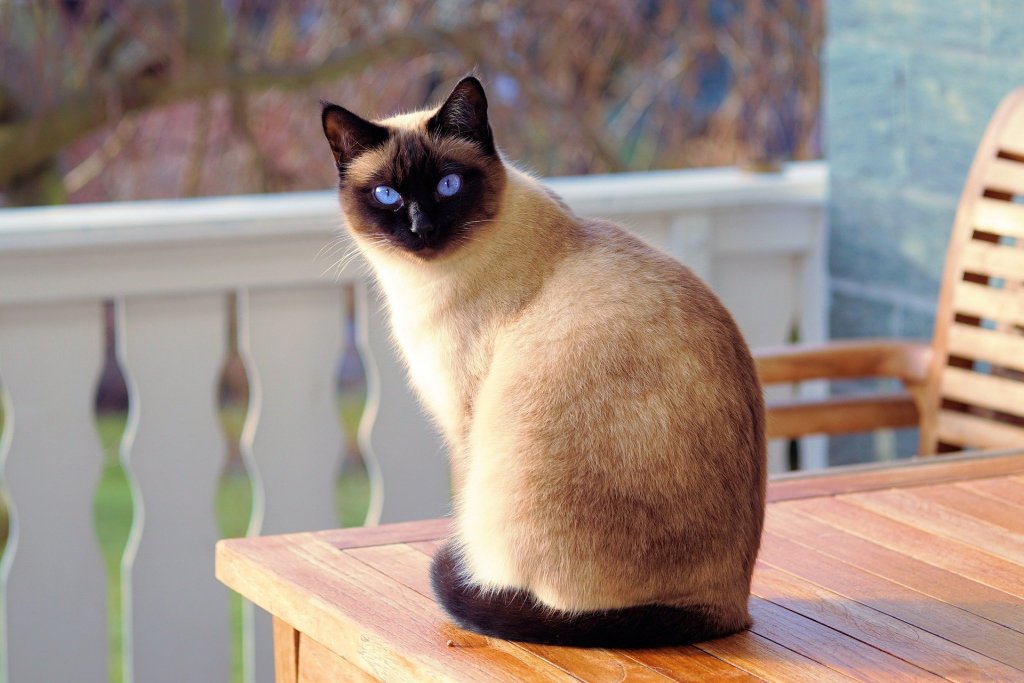
Look for the light
We can’t say enough how important light is to quality photos. Light is essential to getting a clear shot, and it can also help set a photo’s mood and beautifully frame your pet. Start paying attention to the light and the shadows that result. While posing your pet partially in shadows can make for an artistic shot, it can also be difficult to capture effectively. When starting out, it’s easiest to photograph your pet on a cloudy day or in a lightly shaded area, since you won’t have to worry about harsh glare and the sun “blowing out” (overexposing) the highlights of your photo. Photographing pets in the “golden hour” of the late afternoon can also make for a stunning look.
When setting up your shots, make sure the sun is to your back, which helps avoid sun flares and glare. Up for a challenge? Shoot into the sun — this can create artistic sun flares and silhouettes that you can experiment with.
Use the rule of thirds
When framing your photos, the rule of thirds can give them balance and make them interesting. To apply the rule of thirds, picture lines that divide your photo both horizontally and vertically. There would be four lines: two traveling across your photo from side to side, and two traveling from top to bottom. Those lines divide the photo into thirds.
As you align your shot, your goal will be to position the subject of your photo on those lines. This technique can keep photos visually interesting, and it’s a welcome alternative to always centering your photo subject in the middle of the shot.
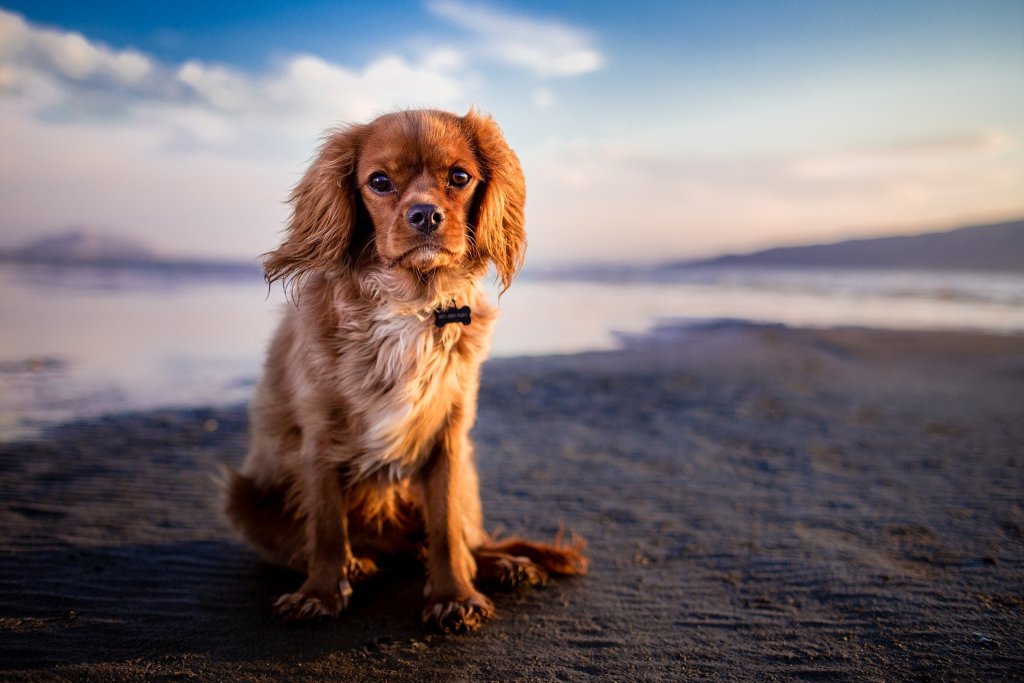
Watch your backgrounds
While it’s easy to focus primarily on your pet, the background plays an important role in the quality of your photo. Busy backgrounds are distracting and can ruin a good shot. Instead, look for backgrounds that are more flattering, like the side of a house or a barn, an open field, a brick wall, the back of your couch, or an empty beach. Settings like gardens and forests can also be nice as long as they aren’t too busy. These neutral backgrounds let you focus on your pet instead of everything that’s going on behind them.
Putting these tips to use can better your chances of getting a great photo of your pet, but remember that this will also take patience. Pets move quickly and often; getting the right shot is a question of precise timing. Always take plenty of photos of a particular shot, even if you think you have already gotten the perfect one. You can go back later and edit and delete any you don’t need. As you photograph your pet, keep things natural and comfortable for him. A happy and relaxed pet tends to photograph well, and you’ll probably be pleased with the results.
